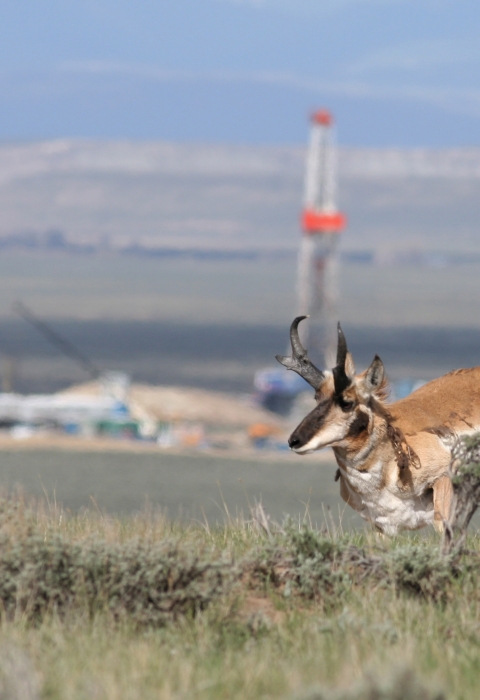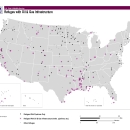What We Do
Our Projects and Initiatives
Plugging Orphan Wells
An orphan well is one for which there is no viable operator of record and therefore no longer a party responsible for the well’s maintenance. The U.S. Fish and Wildlife Service is committed to protecting wildlife habitat and outdoor recreation opportunities. Plugging orphan wells and reclaiming those sites to eliminate environmental and public safety hazards is part of that commitment.
The Bipartisan Infrastructure Law Bipartisan Infrastructure Law
The Bipartisan Infrastructure Law (BIL) is a once-in-a-generation investment in the nation’s infrastructure and economic competitiveness. We were directly appropriated $455 million over five years in BIL funds for programs related to the President’s America the Beautiful initiative.
Learn more about Bipartisan Infrastructure Law established a funding mechanism to pay for this work, which lasts through 2030.
Through the Bipartisan Infrastructure Law, the Fish and Wildlife Service has secured an initial $13.9 million to plug 175 orphaned oil and gas wells at six national wildlife refuges in two states. Many of the sites are actively leaking hydrocarbons, methane and contaminated water, and they pose a threat to wildlife, their habitats and communities. Preliminary work began in September 2022. The process of restoring the refuge lands degraded by the presence of such wells, pipelines and other related infrastructure may take several years to complete with help from partnering agencies.
Our Laws and Regulations
As part of its commitment to conserve America's wildlife legacy for the benefit of all Americans, the U.S. Fish and Wildlife Service in 2016 finalized a rule governing the management of non-federal oil and gas development on National Wildlife Refuge System lands. The revisions to the 50-year-old regulations allow for the continued responsible extraction of oil and gas, but require closer adherence to industry best management practices. These practices help curb the potentially hazardous abandonment of infrastructure and on-refuge disposal of debris.
Download a copy of the final rule.

